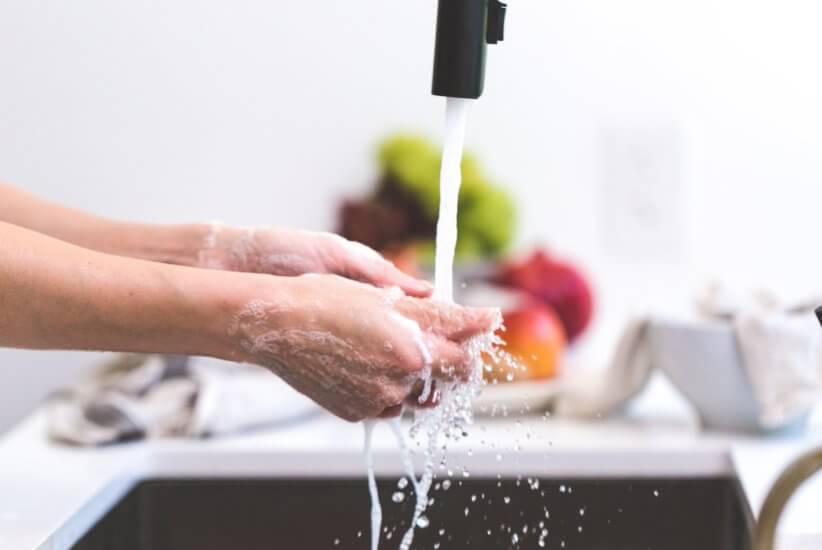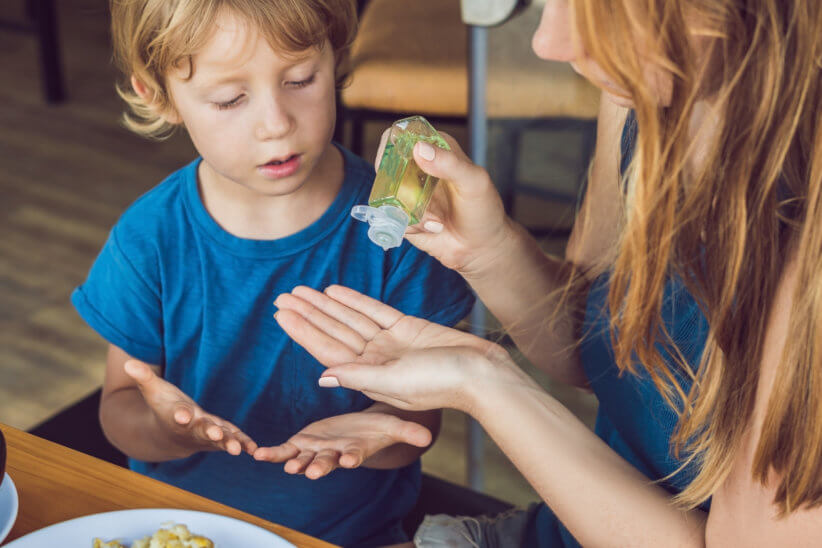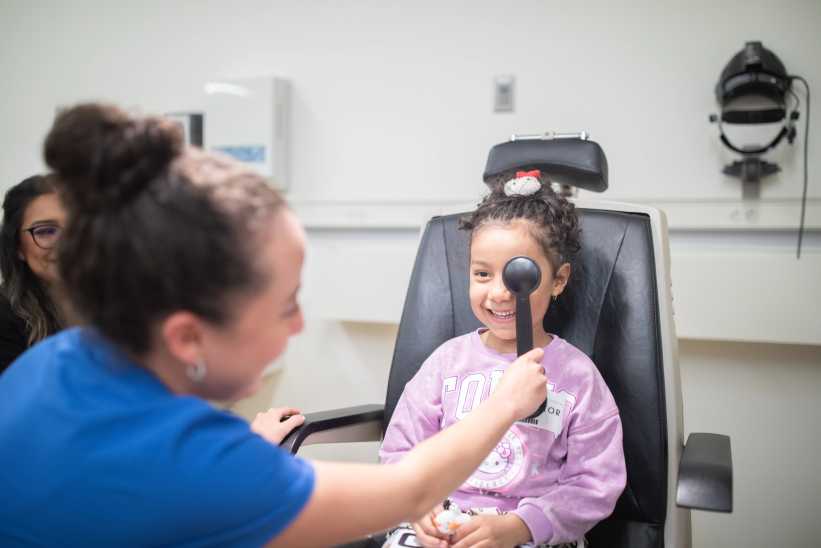With the Coronavirus in New York being on many people’s minds, people are searching for ways to keep their families healthy. With hand sanitizer shortages across NYC, we share how you can make your own.
Concerns about the spread of diseases, especially the Coronavirus, are on the rise in New York. With flu and allergy season coming up this spring, many people are taking their health into their own hands and learning about ways to protect themselves from germs. Alcohol-based hand sanitizers are flying off the shelves at many stores and have become a common item used in many public spaces. Hand sanitizer does get rid of microbes on your hands, but it does not eliminate all types of germs. Germs such as the norovirus and Clostridium difficile, which cause nausea and diarrhea, cannot be killed by hand sanitizer. To contain the spread of the Coronavirus and other types of pesky germs, the CDC advises people to be mindful of how you’re taking care of yourself and others around you.
Psst…With it being flu season, protect yourself with a flu shot and read Flu Shot Facts: Common Questions About the Vaccine
What are some preventative measures I can take?
Some measures you can take are very easy to incorporate into your daily routine to prevent the Coronavirus in New York. Dr. Debra Spicehandler, co-chief of Infectious Diseases at Northern Westchester Hospital, says, “The most efficient way to prevent the spread of germs is simple hand washing with soap and water.” Washing your hands after you use the bathroom, prepare food, and after blowing your nose or coughing makes a big difference when it comes to the spreading of diseases. People should be scrubbing their hands with soap for 20 seconds on the fronts and backs of your hands and on the webbing (humming the Happy Birthday song twice is a good way to keep track of time) before rinsing off your hands to make sure the germs are gone. It’s better to then allow your hands to air-dry if possible rather than touching a public paper towel dispenser.
Other small actions you can continue to do and encourage your kiddos to do are avoiding touching your eyes, mouth, or nose as well as covering your mouth and nose when you sneeze or cough, or coughing or sneezing into your elbow. If you or someone you know is feeling under the weather, make sure to not be in close contact with them and have them stay home and recover or wear a mask when they go out in public.
What cleaning products are best for the disinfection of Coronavirus?
Since the Coronavirus is relatively new and it still being researched, there are no EPA registered disinfectants that are specific to the virus. However, there are household cleaning products that have been used against diseases like COVID-19. “High-touch” surfaces such as counters, doorknobs, phones, and any surface that may have come in contact with bodily fluids should be cleaned regularly using household cleaning sprays or wipes. Make sure that you read the label instructions so you’re informed of the safe and effective use of the cleaning product.

There isn’t a place to wash your hands nearby? Hand sanitizer is an easy way to kill some germs and prepare for the Coronavirus in New York!
People who are constantly on the go don’t always have the luxury of being close to a sink. Many parents run into the problem of their kids putting their hands and fingers in their mouths, noses and eyes, even after we have told them multiple times not to. Having hand sanitizer in your pocket or bag will do the job of killing germs until you can wash your hands properly. This is especially important after leaving the subway for example, when you may have touched surfaces that a sick person could have touched.
There are many kinds of hand sanitizers to choose from, but Dr. Spicehandler recommends using an alcohol-based sanitizer with at least 60% alcohol in order to be effective in killing germs and spreading them to others.
DIY Hand Sanitizer Recipe
If you can’t find a sanitizer that you like in the stores, or if there is any panic-buying or shortages, like we’ve seen in other countries, you can make your own at home! Some recipes include aloe vera or other types of gel to moisturize your hands. We chose a recipe that includes the core ingredient, isopropyl alcohol, in order to make sure the alcohol content is high enough to kill germs (nope – regular alcoholic spirits don’t have high enough alcohol content to do this job!).
Ingredients
- 1 cup isopropyl alcohol (can be found at CVS)
- 6-10 drops tea tree oil (optional)
- Spritz bottle
- Pour all the ingredients into the bottle, close and shake well before use. If your hands become dry, allow the alcohol to dry and then use a moisturizer.
Important notes:
- Do not use Methanol (Methyl Alcohol) if you cannot find isopropyl alcohol. Methanol is highly flammable and toxic.
- Be careful when using your sanitizer due to the alcohol content.
- Keep sanitizer out of reach of young children as it can be dangerous if swallowed.
What other kinds of alcohol can you use to make hand sanitizer?
If you cannot find isopropyl, you can look for ethanol (ethyl alcohol) which is also effective in killing microbes. If you do plan on using ethanol, you must make sure that the end solution is made up of 70% alcohol. Some industrial ethanol products do contain small amounts of methanol so please make sure that you do not use denatured ethanol for your hand sanitizers.
The immediate health risks for the American public are considered low for COVID-19 as of right now according to the CDC. Dr. Michel Cohen from Tribeca Pediatrics says that there are no reported cases in New York City or New York State and data coming from China shows that kids are less susceptible to the virus than adults. Taking the preventative measures throughout your day against germs and making sure that you put your health first will ensure that you and your family will have a safe and happy year to come!
























